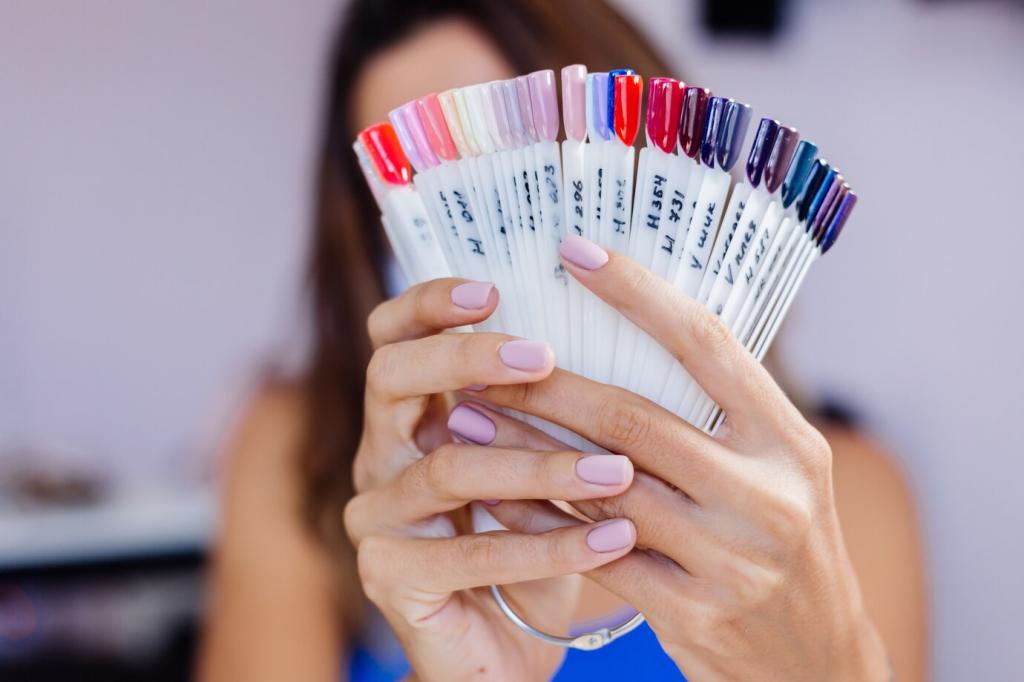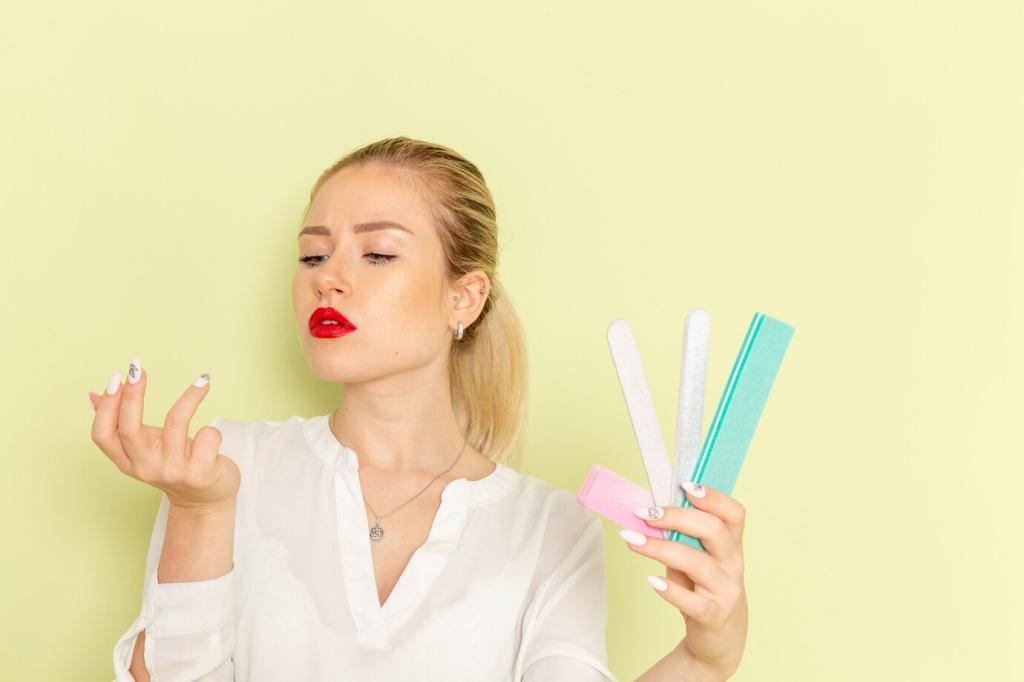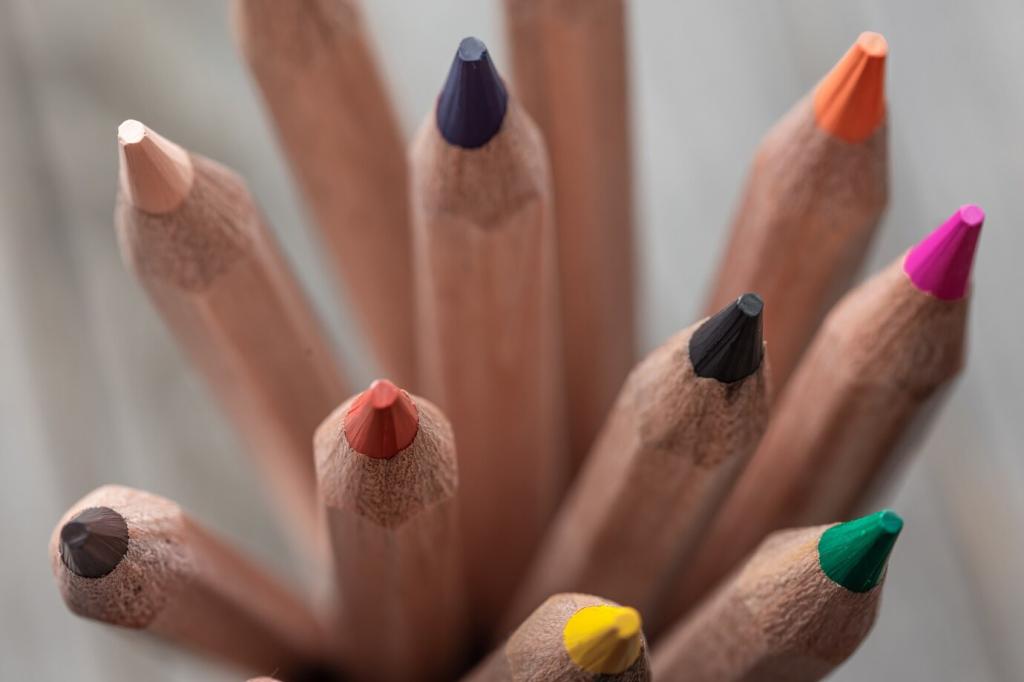Real-World Story: The Library Desk That Learned to Shine
The desk arrived wax-laden and streaked. After a careful clean and a switch to a microcrystalline blend, its ribbon figure reappeared like ripples in sunlight, reminding everyone why restraint matters.
Real-World Story: The Library Desk That Learned to Shine
Rather than one heavy application, the restorer built three whisper-thin coats, each buffed lightly after full cure. The result was durable elegance, not plastic shine, and a surface that begged to be touched.






